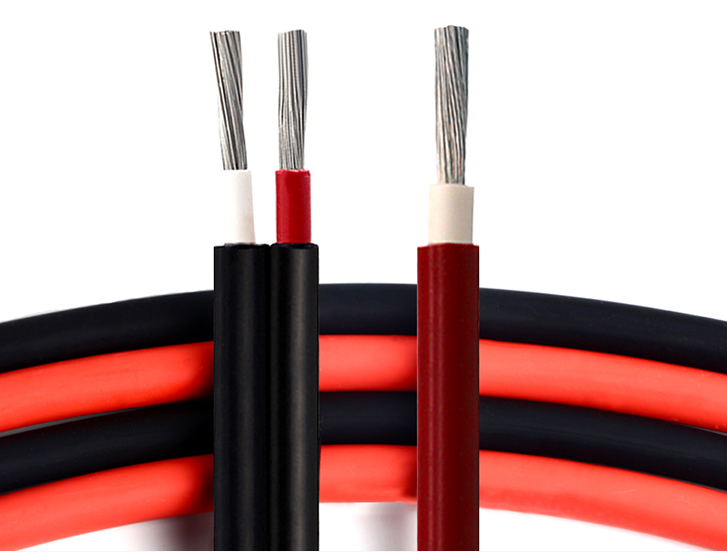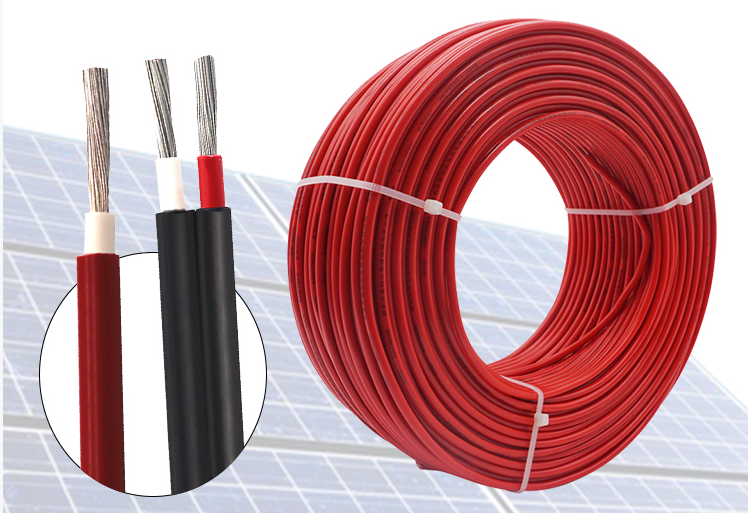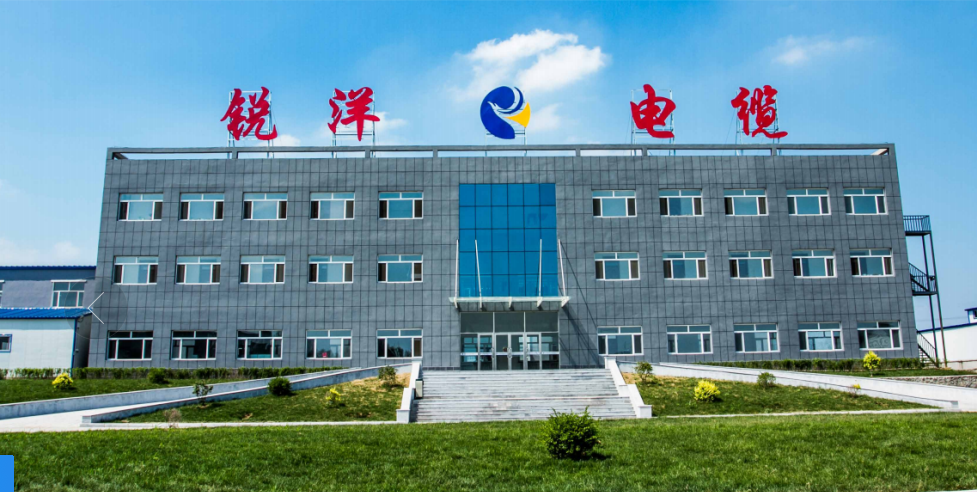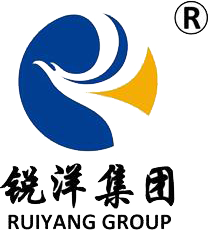
Why use low-smoke halogen-free photovoltaic cable? What are the advantages of using low-smoke halogen-free photovoltaic cable insulators?
2022-08-02 17:11What is low smoke halogen free?
LSZH stands for low smoke halogen-free material. It refers to a group of sheath and insulating compounds that do not contain halogens in their chemical composition. Photovoltaic cable insulation and sheathing for smoke reduction and flame retardant requirements of essential materials.

What is a halogen?
Halogens are a group of elements that are characterized by the absence of an electron to form stable molecules, so they are highly reactive and will combine with other elements to acquire the missing electron. Halogens react with metals to form salts. Common table salt is a mixture of chlorine halogens and sodium metals. When mixed with water, the free hydrogen in the water will combine with the halogen to form an acid. One of the most common acids is hydrochloric acid, which is a mixture of hydrogen and chlorine. Halogens can also be mixed with hydrogen (present in water) to produce acids. Hydrochloric acid used to etch concrete is a mixture of hydrogen and chlorine.
Why are halogens used as flame retardants?
In some photovoltaic cable insulation polymers, the introduction of halogen atoms can produce flame retardancy. A common example is polyvinyl chloride, which contains chlorine. When it burns, chlorine is released, displacing oxygen from the flame and helping to extinguish it. Some flame retardant polyethylenes add bromine, another halogen, to help flame retardant.
What side effect does halogen encounter fire to have?
When combined with hydrogen, a halogen forms an acid. These acids are toxic to animals and plants. Chlorine is an example of a property that is used in a controlled manner to disinfect water by killing microorganisms and bacteria. In the past, solutions based on halogen iodine have also been used for this application.
What about polyvinyl chloride?
When PVC burns, it releases chlorine, which is now free to combine with hydrogen to form an acid. The acid can burn the lungs and eyes of people trying to escape a fire. It can also attack devices that are not destroyed in a fire. Historical experience shows that equipment located in a few rooms or floors away from a small fire may fail months later due to the erosion of haloacid or salt.

conclusion
LSZH photovoltaic cables are applicable to different scenarios. LSZH PV cable wiring is the safest choice for pressurized chamber use and any other applications that may generate smoke and come into contact with people, as no harmful toxins are actually released. In line with our commitment to sustainable development and reducing its impact on the earth, Jianzhenda can provide low-smoke halogen-free photovoltaic cables as an extension of our environmental protection.
Okay, so that's the question of "Why use low-smoke halogen-free photovoltaic cables, what are the benefits of low-smoke halogen-free photovoltaic cable insulators?" The introduction, hope to help you! It is recommended to continue to pay attention to Ruiyang Cable for more information about low-smoke halogen free photovoltaic cable.

